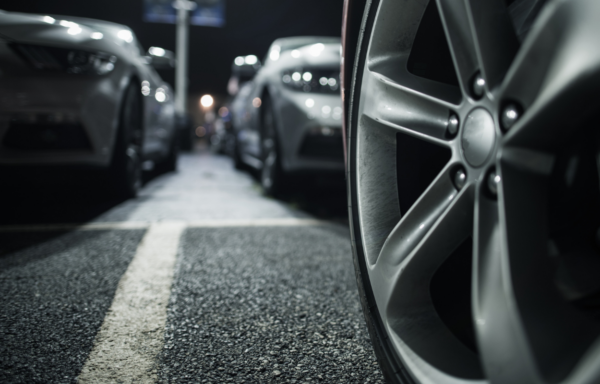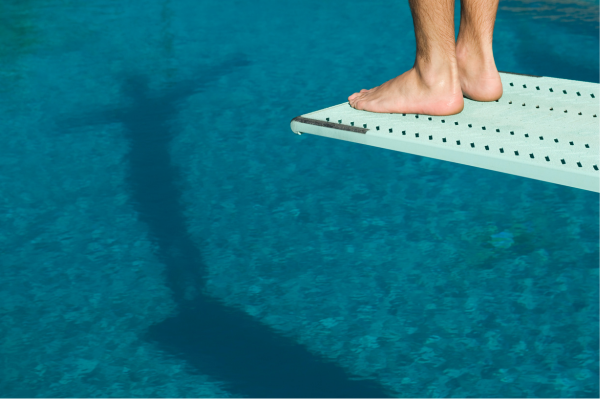Summer Driving Tips

Seasonal factors impact crash dynamics and driver behavior. Summer might bring sunshine and open roads, but it also introduces unique hazards that drivers often overlook. Whether you’re embarking on a cross-country road trip or navigating daily commutes, following these tips will help keep safety at the forefront of your ride.
1. Beware of High Temperatures
High ambient temperatures can accelerate wear and tear on vehicle components. Here’s what to monitor:
- Tire Pressure & Blowouts: Hot pavement combined with over-inflated tires is a recipe for a blowout. Check tire pressure regularly. Tires gain about 1 PSI for every 10°F increase in temperature.
- Fluid Levels: Engine coolant, transmission fluid, and oil are all under extra stress in the heat. Overheated engines are a leading contributor to roadside breakdowns in summer months.
Engineering Insight: Friction heat increases exponentially with speed and mass. That is why tire failures often occur during high-speed travel with fully loaded vehicles.
2. Prepare for Long-Distance Travel
Road trips are a summer staple, but driver fatigue and unfamiliar routes may increase risk.
- Plan Your Route: GPS apps are helpful, but they don’t replace situational awareness. Get familiar with your route and rest stops ahead of time.
- Avoid Driving While Fatigued: Drowsy driving can be as dangerous as impaired driving. Take breaks every two hours or 100 miles.
- Restock Your Emergency Kit: Always carry water, snacks, a first aid kit, flashlight, and basic tools in case of a breakdown.
Engineering Insight: Reaction time is a critical factor in crash avoidance. Fatigue can increase response delays, reducing your ability to swerve or stop in time.
3. Treat Summer Rain Like Winter Ice
Summer rain can lead to dangerous road conditions, especially during the first 30 minutes of a storm. Beware of:
- Hydroplaning Risks: Heat causes oils and rubber particles to build up on roadways. Rain lifts these contaminants, significantly reducing traction.
- Stopping Distances: Braking distances are longer on slick roads, and steam from cold rain hitting hot pavement can reduce visibility. Maintain extra following distance and reduce speed accordingly.
Engineering Insight: Many rear-end collisions occur during light rain, not heavy storms, because drivers fail to adjust their speed and following distance.
4. Manage Glare
Sun glare is more than an annoyance; it’s a genuine hazard.
- Timing Matters: Early morning and late afternoon sun can shine directly into your windshield. These conditions often coincide with rush hour traffic, increasing risk.
- Solutions: Keep sunglasses handy, clean your windshield (inside and out), and use sun visors effectively.
Engineering Insight: Polarized lenses help reduce glare from reflective surfaces like dashboards and wet roads, improving visual contrast and depth perception.
5. Respect Construction Zones
Summer is prime time for road repairs and infrastructure upgrades, which means construction zones are everywhere.
- Stay Focused & Alert: Lane shifts, narrowed shoulders, and reduced visibility can appear with little warning. Minimize distractions and keep both hands on the wheel.
- Follow Flaggers & Signs: Ignore your GPS if it conflicts with on-site signage.
Engineering Insight: Slow down…seriously. Reduced speed limits are not suggestions, and speed fines double in construction zones. Lower speeds give you more time to react and protect workers, other drivers, and yourself.
6. Watch for Vulnerable Road Users
With warmer weather comes an increase in people sharing the road, including those not protected by a steel frame:
- Pedestrians and Bicyclists: More people are walking, riding, working, and playing outside. These road users are harder to see and far more susceptible to injury in a collision.
- Slow-Moving Vehicles: Expect to encounter RVs, trailers, farm equipment, and construction vehicles, particularly on rural routes. Be patient and only pass slower-moving vehicles when it is safe and legal to do so.
- Motorcycles: Motorcycles are smaller and often hidden in blind spots. Take an extra moment to check mirrors, and over your shoulder, before changing lanes, and be mindful of sight obstructions before entering cross-traffic or turning.
Engineering Insight: Drivers may physically look toward an oncoming motorcycle but fail to mentally register its presence—a phenomenon known as “look but don’t see.” This occurs because motorcycles are smaller, less common, and easier for the brain to overlook during quick visual scans, especially when a driver is expecting larger vehicles.
Summer driving doesn’t have to be dangerous, but it does demand preparation and mindfulness. Stay safe, enjoy the open road, and remember that driving responsibly isn’t just about protecting yourself, but everyone else out there too.
Bailey A. Hentz, BSAE, ACTAR
Collision Reconstruction Engineer
View all articles by Bailey A. Hentz, BSAE, ACTAR
